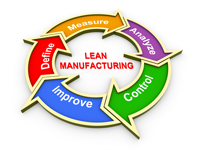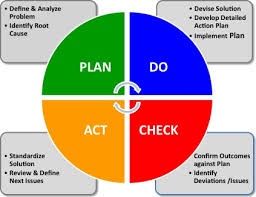 At a time of massive investment need and short capital supply, productivity in the manufacturing and construction of infrastructure is essential. Lean Manufacturing principles have been proven to be excellent tools and therefore timely for infrastructure.
At a time of massive investment need and short capital supply, productivity in the manufacturing and construction of infrastructure is essential. Lean Manufacturing principles have been proven to be excellent tools and therefore timely for infrastructure.
Lean Manufacturing was started by Toyota in the 1950s out of a need to make the most of its constrained resources. Toyota was trying to compete globally in the auto market and faced dual challenges of expensive energy and a recently negotiated labor contract that required it to offer lifetime employment to its employees. Toyota managed around these significant disadvantages to become a global industry leader by instilling two fundamental cultural practices that became the core of Lean Manufacturing. They did and still do:
- Create standard systems and processes that are continuously managed to look for and eliminate waste; and
- Involve all employees in the planning and exection of these practices.
Lean Manufacturing is as much about the way the systems are set up as much as the systems themselves. Toyota learned very early that the most costly wasted resource is time so new systems are developed and tested at minimum scale through the four-step process illustrated in the graphic below:

In the macro scale, the sustained application of these Lean Manufacturing principles creates a culture of continous improvement (value) with constant or reduced resources (efficiency), in other words: consistently improving productivity.
As we've written before, we believe that the infrastructure value chain is beginning a period of profound productivity improvement. If you would like to remain informed as we observe these developments, we invite you to subscribe to our blog (at the right).
If you would like to learn about how Idencia can help make your company more productive right away, please download our Idencia Primer ebook.
Tags:
Market Insights
Apr 7, 2015 11:30:00 AM




Comments